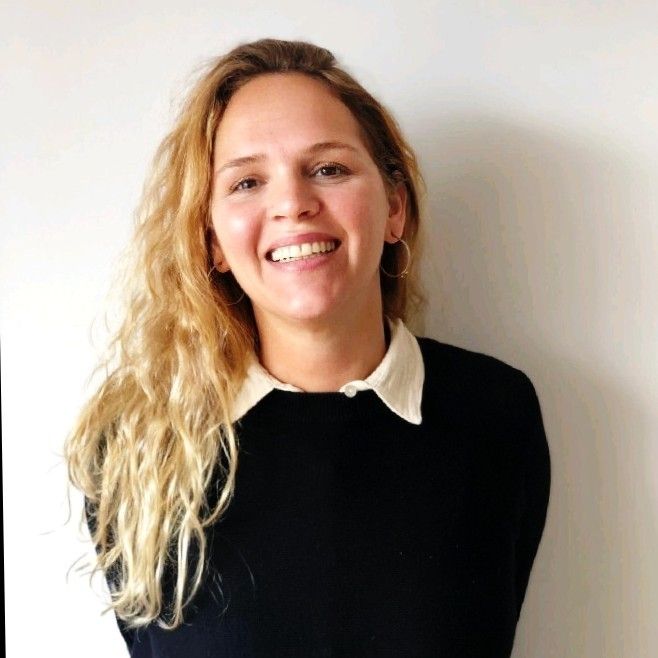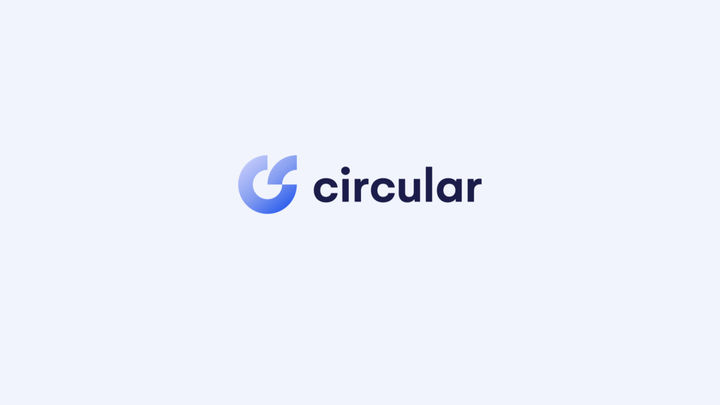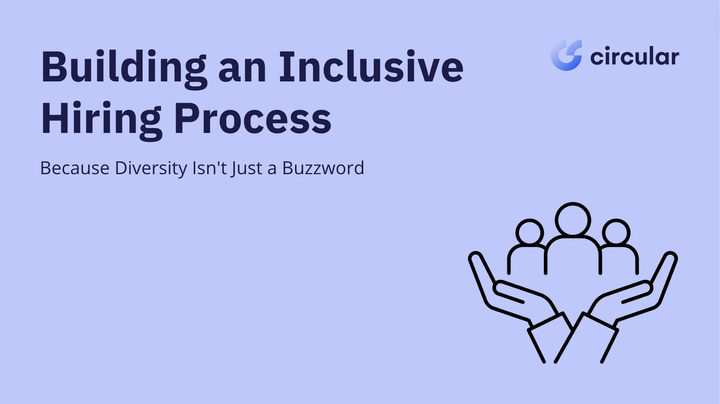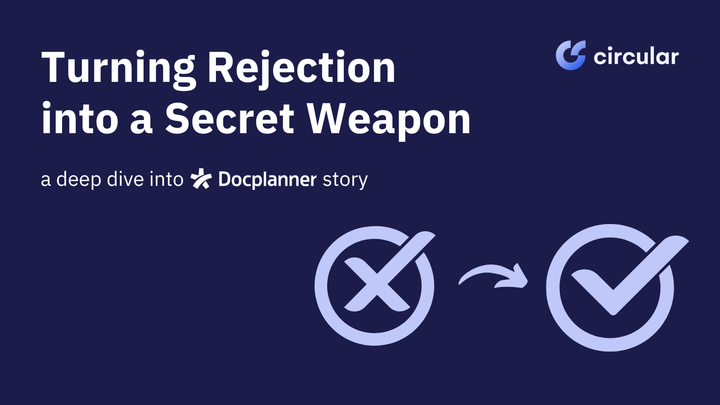Hiring Remotely- Here’s What the Experts Say

You have always had your hiring process partly or entirely in person, and now you have to get used to a hiring process where 100% of it is done completely remotely! Don’t panic, in this article, we bring you some tips that will hopefully help you make the best of hiring remotely. We’ve had the pleasure of receiving input from 2 key participants in this blog post, who will share some tips and their vision regarding remote hiring processes!

Sofía Rivero, People Manager at Enable, says “We are a cross-located team based in Barcelona and Zurich, plus four fully remote roles in different time zones, and our clients are based in Africa, so it’s only natural that most of our work happens online, and the hiring process is no exception. We’ve hired some of our current members without any in-person meeting, so we know for sure that this can be done successfully. You just need to make sure the online process is as solid and transparent as the traditional face to face process”

Ali Seyedmehdi, People Manager at Publitas.com, says “When we started shifting to location-independent work, it was more about flexibility and less about distances. We started 4 years ago, and we’ve been fully remote for over 2 years for all the roles. We don’t have any office where people need to work together. Our company is currently made up of 22 people working from 10 different countries”
Moving your hiring process to being fully remote
How can we move a hiring process to being fully remote? What tips do we need to keep in mind?
✅Video conferences instead of phone calls
Sofía gives her opinion regarding this topic: “Remote interviews are not that different from face-to-face ones. If you do video calls, nothing should really change, you can still perceive non-verbal communication and create a relaxed and comfortable environment for your candidate.”
✅Documentation replaces meetings
According to Ali, “Transitioning to remote work starts with documenting things and with avoiding having meetings and talking. So instead of asking someone face to face, write it down and document it online. At Publitas, for example, we started acting as though we were not in the same place. By documenting everything, you are collaborating independently of location and you avoid misunderstandings. You solve issues based on what exactly happened and have a more accurate information history.”
✅Share the interview process with the candidate
“This is something that all candidates ask when finishing an interview. We send this info after the first HR interview, explaining the phases of the process: who they are going to meet and for what reason, making clear that both interviews and coding tests will be done online. This way, the candidate knows what to expect and can be prepared,” says Sofía.
✅Follow-up questions
“I’ve found it very practical to share a link to my calendar with candidates. People actually use it, they book 15-minute slots to ask for feedback, ask questions, or follow up on the process if I’m delayed with sending out updates. It generates proximity– you can quickly jump into a video call, see him or her face to face again, and clear up any doubts,” he says.
✅Start hiring people abroad
Working remotely also starts with hiring people who are based in different locations abroad. This is what Ali experienced and this is what they continue doing, saying “In order to have a team working fully remotely, hire people abroad or make sure people are not working together in the same location. In our case, it was not necessary to keep people working at the office anymore, and at the same time, we started to hire people abroad. That is what actually gives you real practice doing this. You can see in that moment what challenges you’ll need to tackle.”
Challenges when hiring remotely
During the transition to becoming fully remote in their hiring processes, companies will face some challenges worth mentioning. However, both our experts today, Sofía and Ali, agree that remote interviews or onboarding processes, for example, are not that different from in-person hiring processes.
1️⃣Changing habits
For those who are just now starting with remote hiring processes, the change of mindset can be very challenging. This is what Ali experienced: “By default, we have the habit of going to someone’s desk and asking whenever something crosses our minds, or having a meeting. It is possible to be more efficient by writing things down. It is only a matter of changing your mindset.”
2️⃣Internet connection
This is one of the challenges Sofía has pointed out when undertaking remote hiring processes. “The Internet can be tricky sometimes; it is really difficult to carry on with an interview if the connection is cutting out all the time. If the Internet is bad, I just reschedule the call and ask them to try to find another place with better wifi. If this happens at the end of the interview, I instantly just send them an email asking if there are any doubts or questions we can resolve via email (or do a short call that same day or the next day), but if everything is clear, we can set up the following meeting. Normally, if there are no major doubts, we move forward with the process.”
3️⃣The quality of information
“I don’t believe the quality of your hiring process relies on having a face-to-face interaction. The basis for a strong process remains the same whether you do fully remote or in-person interviews: training your hiring managers, creating a solid assessment to test people in real work situations, and making sure everybody agrees on the skills and attributes you are looking for. If this prep phase is rock solid, there’s a great chance that your hiring decision will be solid, too. Providing information, following up, delivering a good experience, being honest, etc. can be done in both formats and there are many online tools that can help make that easier and faster.”
4️⃣The importance of being on time
Sofía says, “Starting the interview on time is always important, but when it’s online it becomes even more relevant. Having the candidate waiting alone in the room for 5 minutes creates confusion and impatience, and there is no one there to offer them a coffee while they wait… it’s better to be the first one to connect.”
Adapting hiring processes to the current situation – COVID19
Sofía says…
“Most of our members are based in Barcelona or Zurich, but as I said, teams are cross-located, so the onboarding has both online and in-person training. Of course, there is great value in being in the same room with your new colleagues to get the collaboration going, but we have found some workarounds. For example, we coordinate “cyber coffee check-ins” to have people do 1:1 calls to introduce themselves. On the other side, it’s key for everybody involved to be aware of the different components of the process, to make sure they cover the areas planned or help with information gaps. Also, because of Covid-19, we created a permanent hangouts link that we call “the boiler room” where people can log in and meet for a quick informal chat or even stay logged in (with their microphones muted) and keep on working, and this is also a good tool for new people to get to know the team”.
Ali says…
The core of the process is the same, but we try to show more empathy in the communications we send to candidates. We don’t pretend that nothing happened, we demonstrate that we understand the situation and we adapt the communication to the circumstances. But this is something you would do anyway.
Also, we’re very conscious about the cost– we will delay making decisions and sending offers until we understand the impact for our customers and therefore for our business, to better handle the costs and time involved. The rest remains the same.
Remote Interviewing Tips
Sofía helps us deal with remote interviews, providing the following tips:
- Find a calm place without noise or visual distractions. You can also pick a place that reflects the style of your work environment.
- Be the first one to log in.
- If you know the candidate is not used to it, try to make fun of the situation and create a relaxed dynamic, and after a few minutes, it will become completely natural.
- Buy good headphones with a good microphone and make sure your internet connection is solid.
- Inform the candidate you will be taking notes – you don’t want them to think you are answering emails.
- If your office is a bit noisy, mute your microphone when not talking.
- Make it clear to the candidate that interviews will be done through video calls, to make sure they turn the camera on. Add the link to the online room in your calendar invitation so they know where to connect in advance.
- Something that I find interesting to do is to share links through the video call chat box. This makes the whole interview more interactive and when you hang up, they have some material right there on their laptop to keep researching your company or looking at related topics.
- To make scheduling easier, you can provide a few alternative dates and time slots, send your Calendly link, or even better, sync your calendar to your ATS.
- When sending an invite for follow-up conversations, it’s great to add info that can help them prepare, such as the LinkedIn profile of the interviewer, company website, job post, short description of what will be assessed during the meeting, website for the coworking space, etc.
- If the candidate is ok with it, you can also keep them updated via WhatsApp.
Ali completes this list by saying that it is necessary to invite the person to work one day before making a decision. “Whatever you do on site or remotely, you need to see this person working to evaluate the quality of the candidate. We have different ways of validating their skills and experience. You need video. Just having audio or a phone call is not enough. You need to see the face, the emotions, of the candidate, to check if they fit with the culture. We also send assignments and have them deliver actual work before sending an offer. These assignments need to be 100% related to the work the candidate would do in the company. Before doing this, you don’t know much about that person. Sometimes people that are very introverted deliver very good work and end up being the right fit. We have assessments to check skills, communication, and problem-solving abilities. For us, it helps to see how the candidate gets along with and works with the team and how they collaborate together. Then, we get feedback from the team so we can reach a decision.”
Remote onboarding
Regarding remote onboarding, both agree that this will vary greatly depending on the company’s resources and policies.
“When there is someone new joining, everybody should be informed and understand the new member’s role and responsibilities. From the first day they join the company, the new hire should have access to all communication channels and tools. But most importantly, before the day they start, you must make sure that the people involved in onboarding the new employee understand the impact of the process and the topics they need to cover. Also, for me it is useful to do weekly check-ins to have a sense of how things are going, and to ask for formal feedback after the first month to review the relevance of the content, perceptions, and timing of each topic,” says Sofía.
Here are the 3 options that have been proposed in order to provide the candidate with a computer.
- The company buys a computer and ships it to the candidate’s home.
- Ask them if they prefer to work with their own computer. At Publitas, for example, they pay a monthly fee to the candidate if they choose this option.
- The candidate buys the computer and invoices it to the company.
Useful Remote Tools
Communication Tools
Collaboration Tools
Project Management, Note Taking, HR, and Time Management Tools
- Asana
- Notion
- Airtable
- Clockify
- Hubstaff
- Trello
- Basecamp
- When I work
- 15 Five
- ATS ( Applicant Tracking System)
- HelloSign
- DocuSign
Security Tools
Remote Event Tools
What’s your advice for recruiters who are just starting with hiring remotely?
Hiring remotely is an opportunity
“I would say to those that haven’t started yet to not be afraid and to trust their offline experience, and to just get up to date with the tools that’ll make your life easier. We know companies will become more and more location-independent, and that the number of freelance candidates will continue to increase, so we need to be keen on delivering a remote recruiting process that is just as efficient as an in-person process. I think it is an opportunity to increase written and verbal communication skills, and also to make the most of ATS!” says Sofía.
Connect with people who have experienced it
“It’s good to connect with people that have gone through this process. You become convinced. Collect testimonials to understand how they did it and how they made it work. This adds real value and is what helps people stay motivated,” says Ali.



